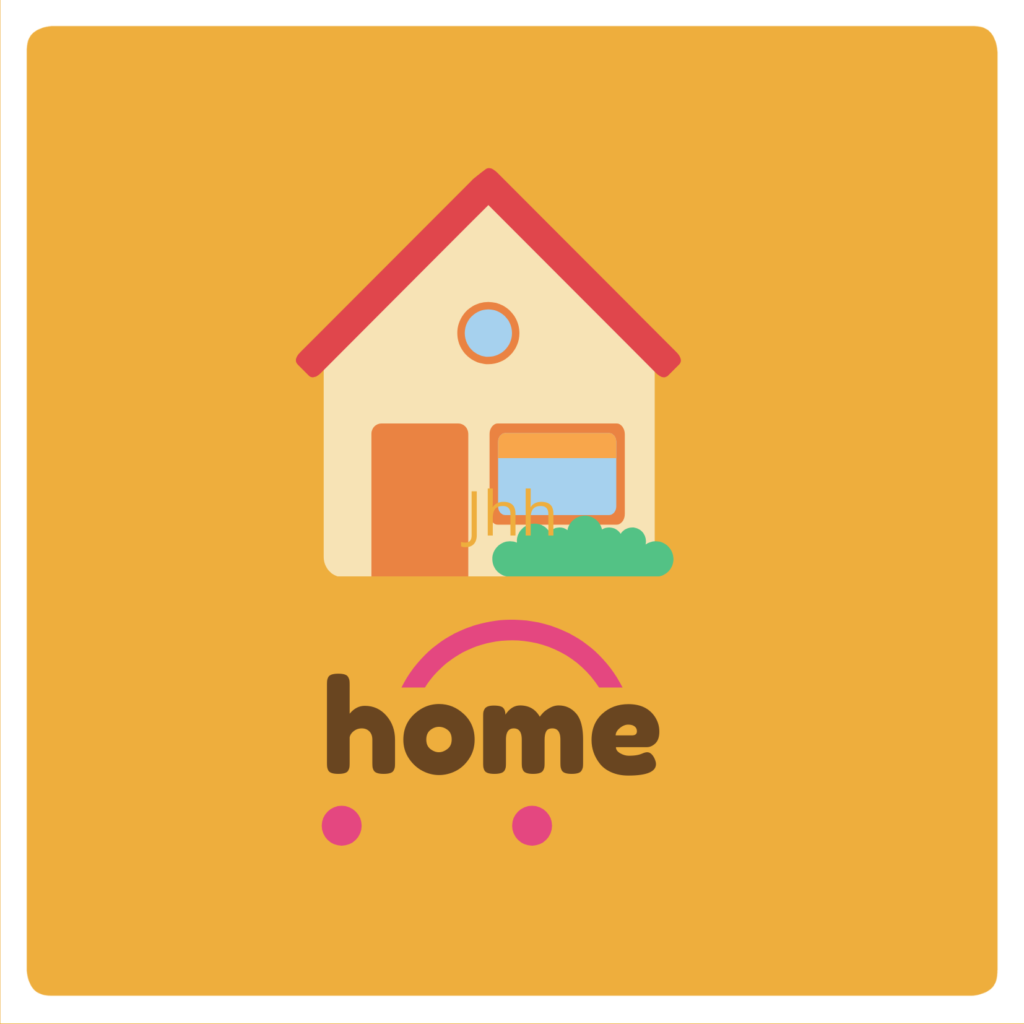Sound buttons - what are they and how do they help?
Teaching phonics can be quite daunting, both for you and your little one, therefore we want to help you every step of the way to make reading both fun and educational.
Today, we will be covering sound buttons. While your child learns to read phonics, you’ll probably come across words that are written like this, with dots and dashes underneath the letters:

These are called ‘sound buttons’, and they help your child to split up a word into its separate sounds, and then blend all those sounds together to read the word.
Your child’s teacher might ask your child to read words that have sound buttons, or to write sound buttons under a word.
So how does it work?
If you look at ‘squirrel’ above, you’ll see that there is a dot or a dash under each sound in the word. The letter ‘s’ has a dot because it’s just one letter making one sound. The letters ‘i’, ‘e’ and ‘l’ have one dot each too, for the same reason. But ‘qu’ and ‘rr’ get a dash because those are both digraphs – two letters that make one sound together.
The word ‘squirrel’ has six sound buttons in all – and there are six sounds in the word, s-qu-i-rr-e-l.
Some words, like ‘pumpkin’, just have dots, and no dashes:

That’s because each letter in ‘pumpkin’ makes a sound on its own – there are seven letters and seven sounds in the word. There are no digraphs, so no dashes!
Here is another autumn word with sound buttons so you can see how it works …

Split vowel digraphs
Sometimes you might see a word that looks a bit different, like this one:

Here, we’ve got dots under the letters ‘h’ and ‘m’ because those just make one sound each.
There’s an arch between ‘o’ and ‘e’! This is because o-e is a digraph – but the letters are split up, so we can’t just put a dash under them as usual. The arch over the top shows that o-e is a split vowel digraph – together, ‘o’ and ‘e’ make the sound ‘oa’. But the letter ‘m’ comes in between them to split them up!
You know about digraphs – now meet trigraphs!
Some sounds need more than just two letters! Look at this word …

In the word ‘night’, the long ‘i’ sound is spelled with three letters, ‘igh’. So, we put a dash under all three letters, to show they are a trigraph – three letters that make one sound.
Here are some more words with trigraphs …



Sounds useful …
As you can see, sound buttons are a handy way to see how many sounds there are in a word. They also show which are single-letter sounds, and which are digraphs or trigraphs. This helps your child to read the word. Also, if they add their own sound buttons to words, it will really help your child to identify all the different sounds and get used to the way the word looks written down. This will help their spelling, as well as their reading!
Phonics activities
Want to do some more practise at home? There are so many ways to help your children with their reading, from reading phonics books to practising letter sounds and spelling. All of our boxes contain a pack of worksheets with beautiful illustrations and engaging activities curated by phonics experts to make sure your child gets the right exercises for their reading level. Find out more about our boxes here.
Feeling a bit overwhelmed?
Don't worry! Head over to our Instagram for lots of tips, ideas and competitions to enter for free resources.
